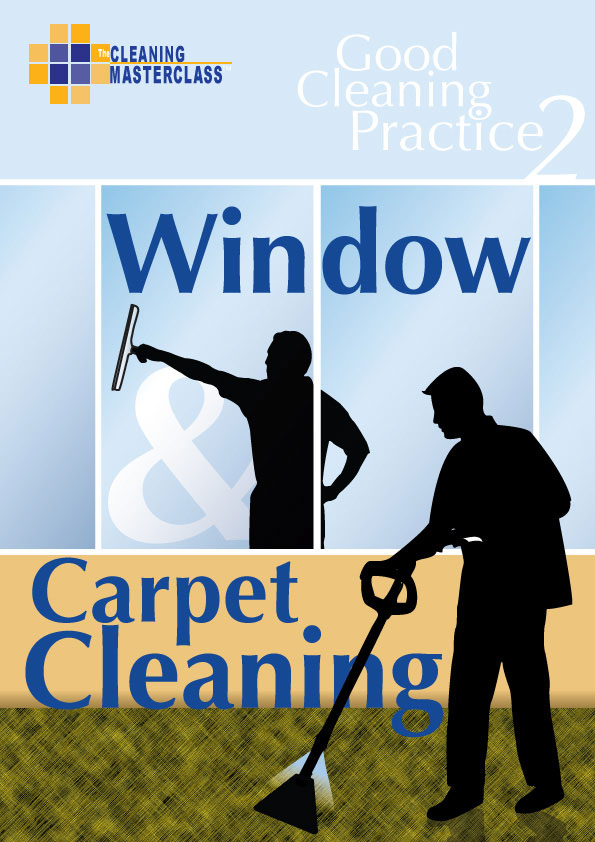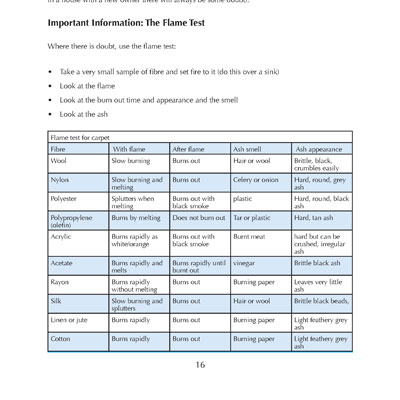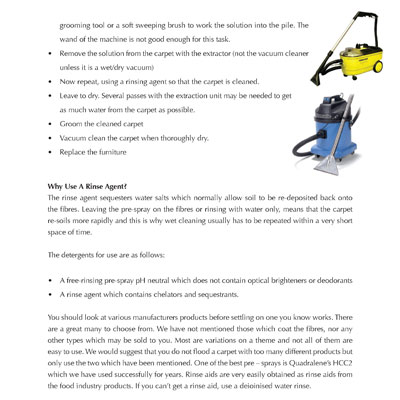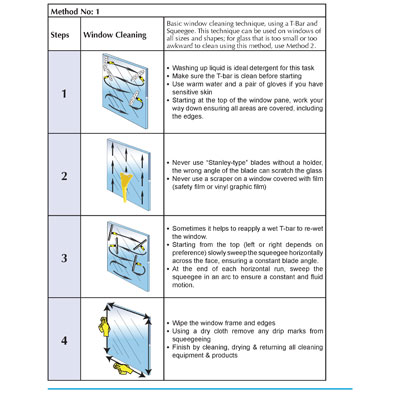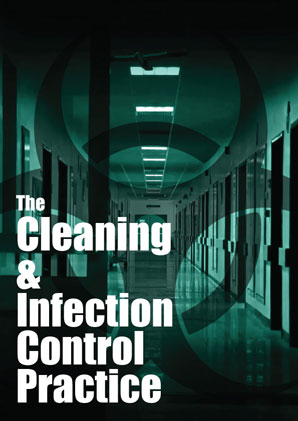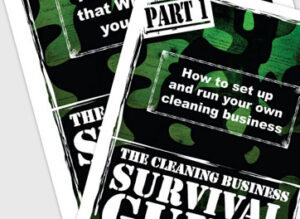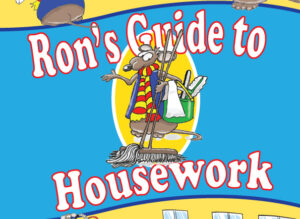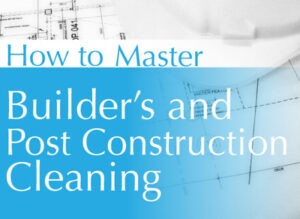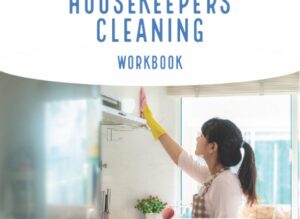What is inside the window cleaning section of this manual?
First off, we take you back to the basic and tried and tested technique for cleaning windows. Not just the easy domestic windows that never really get dirty, but also the windows found on building sites, windows caked with years of greasy dirt, plaster and paint splatter. And not just plain flat plate glass, but antique glass, curved glass, stained glass and paned glass. This manual teaches you all this in full graphic illustration, including a handy printable (and hang-able) Cleaning Information Card to act as a reminder. Then we introduce the use of microfibre, where it fits in window cleaning and how it should be used: it is often used incorrectly, rendering the benefits unique to microfibers completely useless.
The latest window cleaning system to hit the market is waterfed pole cleaning, using pure water. This system enables cleaner’s reach above head-height windows without using ladders, in response to the working at height regulations 2005. This regulation does not ban the use of ladders (unlike what is often told), it requires that use of ladders should be avoided by all reasonable means. This manual introduces you to this system, its benefits and limitations. It’s not the panacea that is often reported to be, but it does have its place much like all the other techniques introduced in this manual.
Do you know what to do if the window or glass has an ‘easy clean’ coating, a protective vinyl film or vinyl graphics? The window has to be cleaned, how do you go about cleaning windows with these films or coatings?
You might be wondering why we’ve grouped window cleaning and carpet cleaning, well, these two areas of the cleaning industry are the most commonly requested and routine areas – these are your bread and butter, with many offshoots to increase your income.
In much the same way as the window cleaning section, the carpet cleaning section introduces you to a systematic approach to carpet cleaning, starting with identifying the carpet material and then the techniques required to clean that carpet material. There are a number of recognised dry and wet carpet cleaning systems and each one has its place depending on a range of factors – all detailed in this manual, so you’ll know which one to use.
Before all that you need to learn the basic method of wet carpet cleaning, applicable to any wet carpet cleaner manufactured. This manual teaches you this technique with full graphic illustration, including a handy printable (and hang-able) Cleaning Information Card to act as a reminder.
Do you know what to do if a carpet, if a home is infested with Fleas or carpet beetles? Or plagued with mould (mold), or inadvertently stained with any number of different things? It’s all in this manual.
No one really has much interest in health and safety, if you’re honest. It’s not the most exciting subject, you only have to look around to see that it’s not forefront in most people’s minds. But it is important and it is the law! It’s important for your own safety and others around you.
Learn how to identify risk and problems that could arise. Learn how to mitigate those risks and learn how to create a risk assessment and method statement. What sort of risks could you encounter? Think of all the risks in using machinery and cleaning chemicals (in concentrated and dilute form); think of the physical risks of musculoskeletal disorders to yourself or your staff.
There is so much more to health and safety: there’s PPE (Personal Protective Equipment), working at height certification, COSHH, MSDS, Slip and Trips and electrical risks. All these have a direct bearing on cleaning and all these are introduced in his manual.


